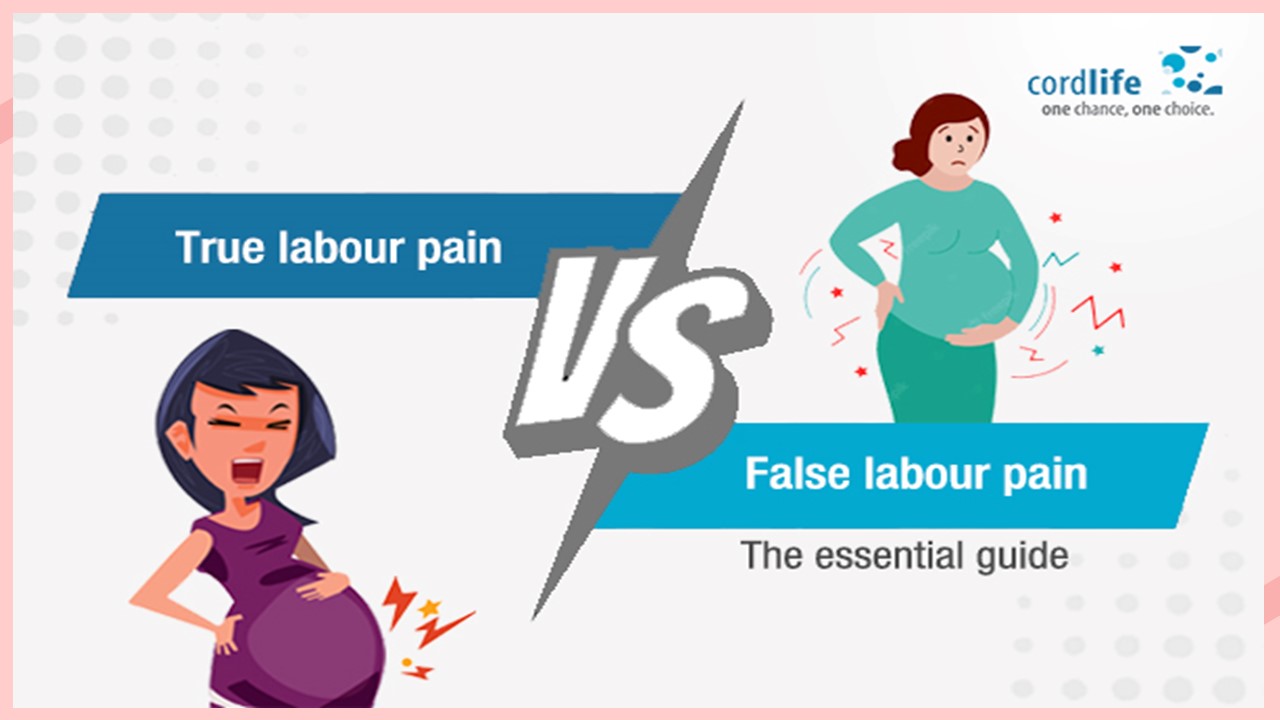True Labour Pain vs False Labour PowerPoint PPT Presentation
Title: True Labour Pain vs False Labour
1
(No Transcript)
2
Usually, in your last trimester, you might be
feeling stressed out and getting ready to rush to
the hospital. It is during the last trimester of
your pregnancy that the thought of holding your
newborn in your arms brings a smile on your face
and at the same time the thought of the pain
before giving birth gives your jitters. After
all, we know how painful contractions are. While
most of your labour pains are real, there are
times, when there is a series of false
contractions.
However, educating yourself on true and false
labour pain may not just help you identify both,
but also helps you prepare yourself for
childbirth. Read this article to know the
difference between false labour and true labour
3
Symptoms Of Real Labour Contractions Close To
Your Due Date
As you go closer to the date of your delivery,
you might experience these signs of labour. Try
to identify them before you call your healthcare
professional. The signs of labour are
Your Contractions Are Strong and Regular
In this condition, the uterine muscles become
tight like a fist and go into relaxation.
Moreover, strong and regular contractions can
help push the baby out of your womb. If this is
true labour contractions, it is not going to be
more than 30 to 70 seconds, but it is so strong
that you wont be able to walk or talk at that
time.
4
You Will Feel The Pain In The Lower Back and Belly
This is the most common source of labour pain,
which occurs as a result of the babys head
exerting pressure on the lower back.
You Might Have a Bloody Show
Bloody show (bleeding at the end of pregnancy) is
a sign of true labour. This would be either
brownish or reddish in colour. This might appear
a few weeks before your labour begins and
indicate that your body is getting ready for
childbirth.
5
Your Water Breaks
Sometimes, the amniotic sac breaks before your
labour. The uterus might also be lying on the top
of your bladder giving rise to urine leakage, so
much so that you might not be able to
differentiate the amniotic fluid and the urine.
Lightening
As you go closer to your due date, the baby
inside you moves lower into the pelvis, and your
childbirth professional mentions this phenomenon
to be lightning.
6
Cervical Changes
Nesting
By the end of your pregnancy journey, you might
experience nesting. That means you might be
full of energy to cook or clean up everything
that you see around you.
The cervix is between 3.5 centimeters (cm) and 4
cm long. As you prepare for your labour,
the cervix becomes short, ripens and opens. In
fact, the cervix dilates to around 10 cm. When
you feel the first contractions, you may very
well take a notebook and record the timings of
your contractions. Who knows if these might be
the symptoms of true labour pain?
7
Symptoms Of False Labour Contractions Close To
Your Due Date
- Not all contractions mean youre having labour
pain. Sometimes, you might experience false
labour pain before true labour pain starts. These
are false labour pains, which are also referred
to as Braxton Hicks Contractions. In this case,
there is a tightening of your abdomen that comes
and goes. Well! The false labour pain symptoms
dont just end here. The other signs of Braxton
hicks are - Mild to moderate pain in the uterus. This pain
is almost similar to menstrual cramps. - The contractions come and go without becoming
stronger over time. - The contractions dont stop with the change in
activity.
8
Now that youve understood how true labour and
false labour feels like you would probably be
able to figure out the difference between Braxton
hicks and real contractions
True Labour vs False Labour
Conditions False Labour Pain True Labour Pain
Frequency of the Contractions Irregular Neither the intervals between contractions nor the length or strength of contractions have progressed over time. Takes place at regular interval The frequency of contractions become closer in time, longer, and stronger.
Length of the Contractions Takes place less than 30 seconds or up to 2 minutes. Lasts between 30 seconds to less than 90 seconds and tends to become stronger over time.
Strength of the Contractions Generally weak and tend to remain the same and then fade away. Becomes stronger with time.
Symptoms of Contractions Felt in front of the abdomen. Contractions begin in the midback and wrap around the abdomen.
Changes in Contractions May stop with your change of activity. Contractions continue and become strong with movement.
9
Having said that, your pregnancy might differ
from your neighbours or relatives pregnancy.
Therefore, we know that your birthing
contractions might also differ from the other.
So, there are a few things you can do if you have
contractions.
Things To Do When You Have Contractions
- Before getting admission to the hospital, all
that you need to do while you have contractions
are - Note the characteristics of the contractions
- Understand the areas of pain
- Practice breathing techniques
- Try moving around
- Inform your partner
- From the whole procedure of labour from your
first contractions to the delivery of the baby,
educating yourself on the various stages of
labour can help you quite a bit.
10
THANKS!
Do you have any questions? You can find us at
info_at_cordlifeindia.com Toll Free Number 1800 121
6200 Website www.cordlifeindia.com
Source https//www.cordlifeindia.com/blog/true-la
bour-pain-vs-false-labour-pain/

